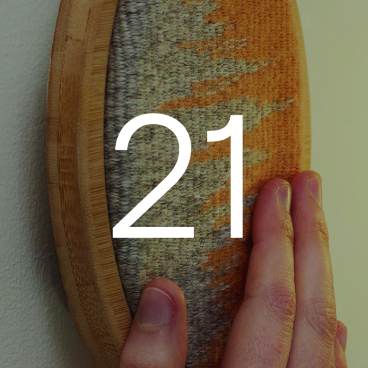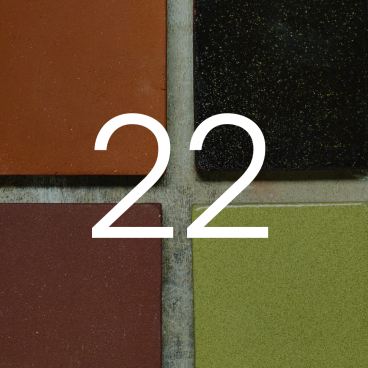In Conversation with Anna Campbell-Jones - designer, retailer & presenter.

Credit: Tim Ainsworth
For our very first In Conversation event, held at Material Source Studio Glasgow, the wonderful Anna Campbell-Jones, designer, retailer, presenter and judge on BBC Scotland's Home of the Year, chatted to host David Smalley about authenticity, circular materials, dazzle camouflage, and what truly makes a home, a home.
In what was a celebratory evening, signifying our heartfelt thanks to the built environment community of Scotland who have welcomed us with open arms since we launched our second Studio last month, it was a fantastic way to bring our calendar of events to a close for 2023.
For anyone that didn't make it along, we wanted to share a snapshot of some of the evening's key talking points, with a couple of audience questions thrown in too. A huge thank you to Anna, and to all those who joined us. See you again in 2024.
You’re a successful businesswoman – having worked in lots of different areas. When you meet someone outside of your sector, what do you say you do?
“I say that I plump cushions, and I’m sometimes on the tele!! The longer version is that lots of people didn’t used to know what an interior designer was, but now, people are so much more aware of what design is. I would say I'm a designer, a presenter, a broadcaster, and, I suppose, a retailer now too.”
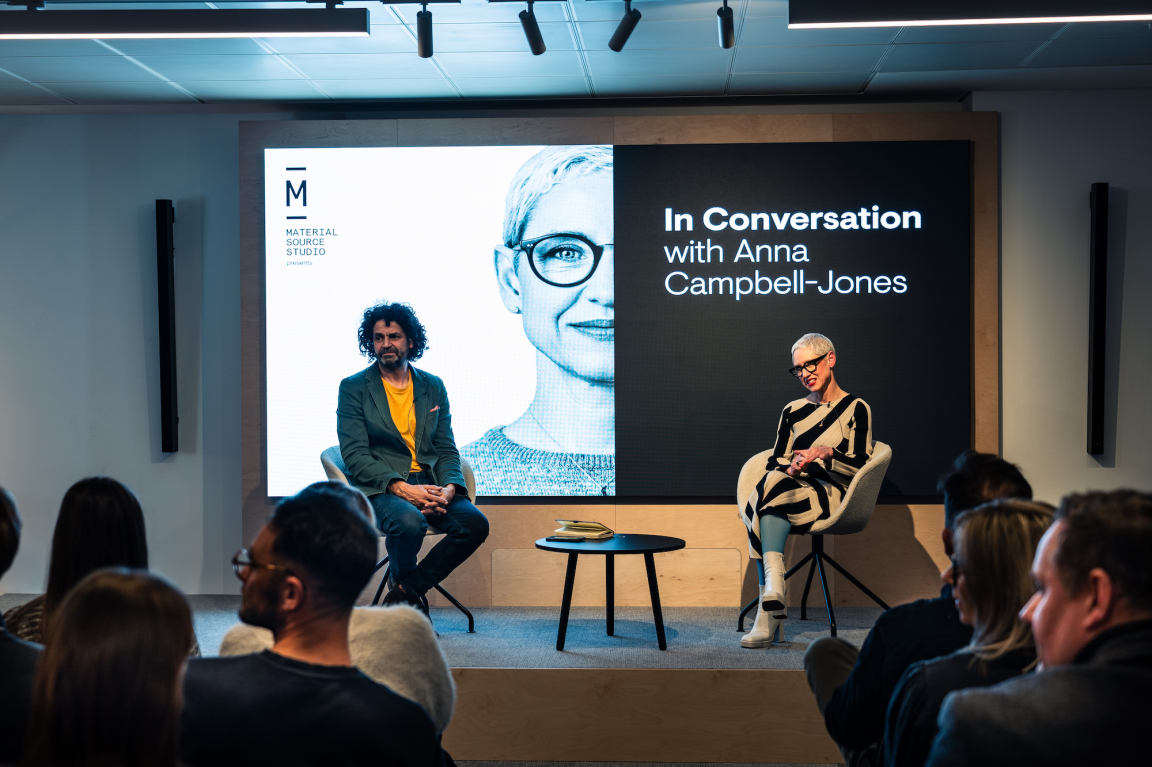
Credit: Tim Ainsworth
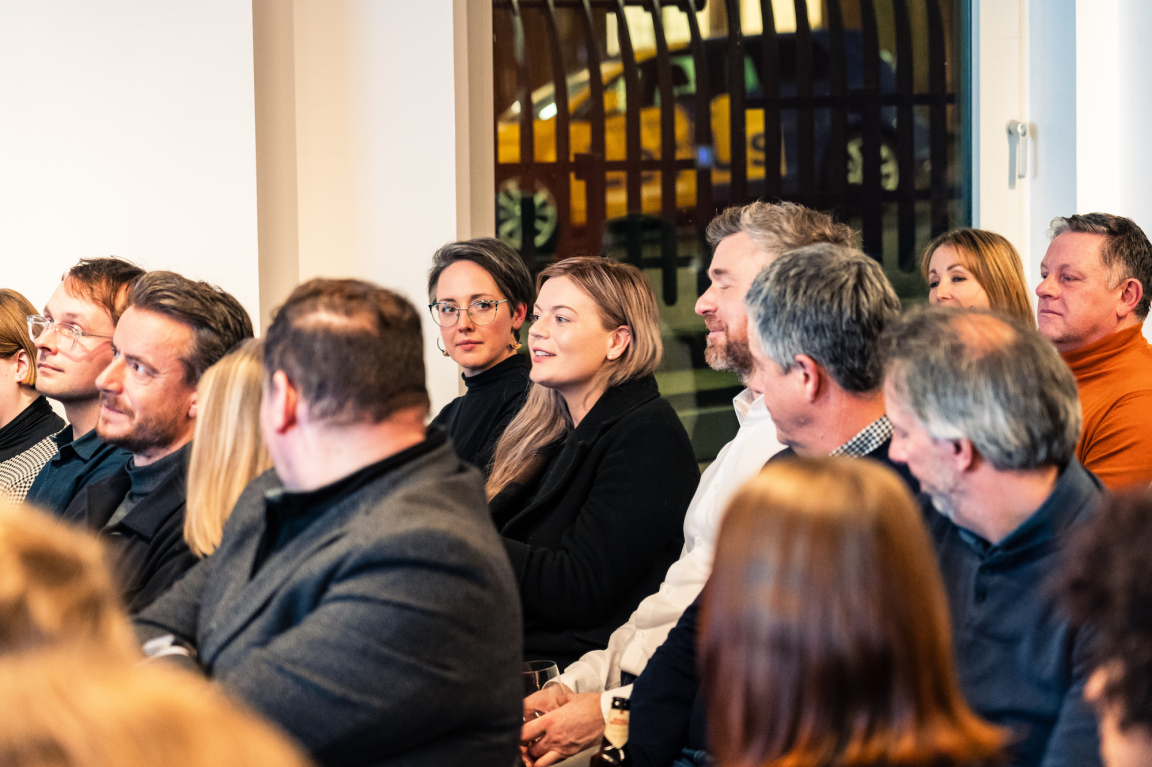
Credit: Tim Ainsworth
Has interior design become democratised then would you say?
“Yes – and that’s definitely a good thing. I’m all for democratising the process, and I hope other designers would agree there’s nothing better than a well-informed client because you can move through the process more smoothly, and they can contribute and collaborate as you go.”
You studied at the Glasgow School of Art, before moving to London. What did you take from your time in Glasgow that then benefitted you in London?
“I’m actually from London, so I came up here [to Glasgow] to study in the 1980s. It had a very different culture and approach. At the time, the Interior Design department at the art school was very new – as a subject, interior design was a very new idea – there were only 3 places you could study it in the UK at the time. And the UK was one of the first countries in the world to offer it at degree level.
“It was interesting to go away from London, and then come back and view it with an outsider’s eye without taking anything for granted. The Glasgow School of Art was an amazing place to study, under the tutelage of Drew Plunkett – a bit of a legend – very interested in detailing and materiality – and that was something that I found really valuable and useful to then apply to working in commercial interiors.
“After I graduated, there was a huge economic crash, and there was only one graduate Interior Design position available in the whole of London. I applied for it, got it, and later found out it was because I’d studied at GSA.”
Tell us some of your highlights from working in London
“During that time, I worked on trains, tubes, planes, shops…we were part of a group called the Transport Design Consortium and we did a lot of conceptual work for engineering companies. It was extremely interesting. You’re working in fractions of millimetres when you’re designing for transport. And that’s a good way to cut your teeth.”
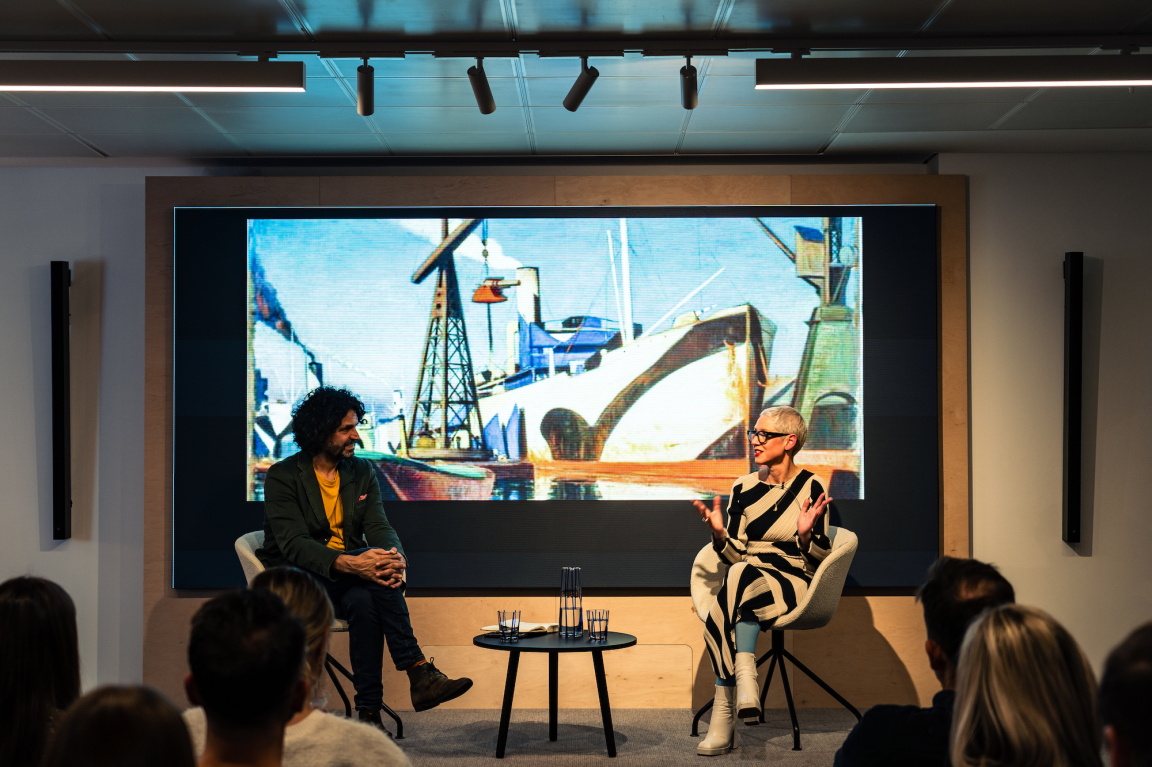
Credit: Tim Ainsworth
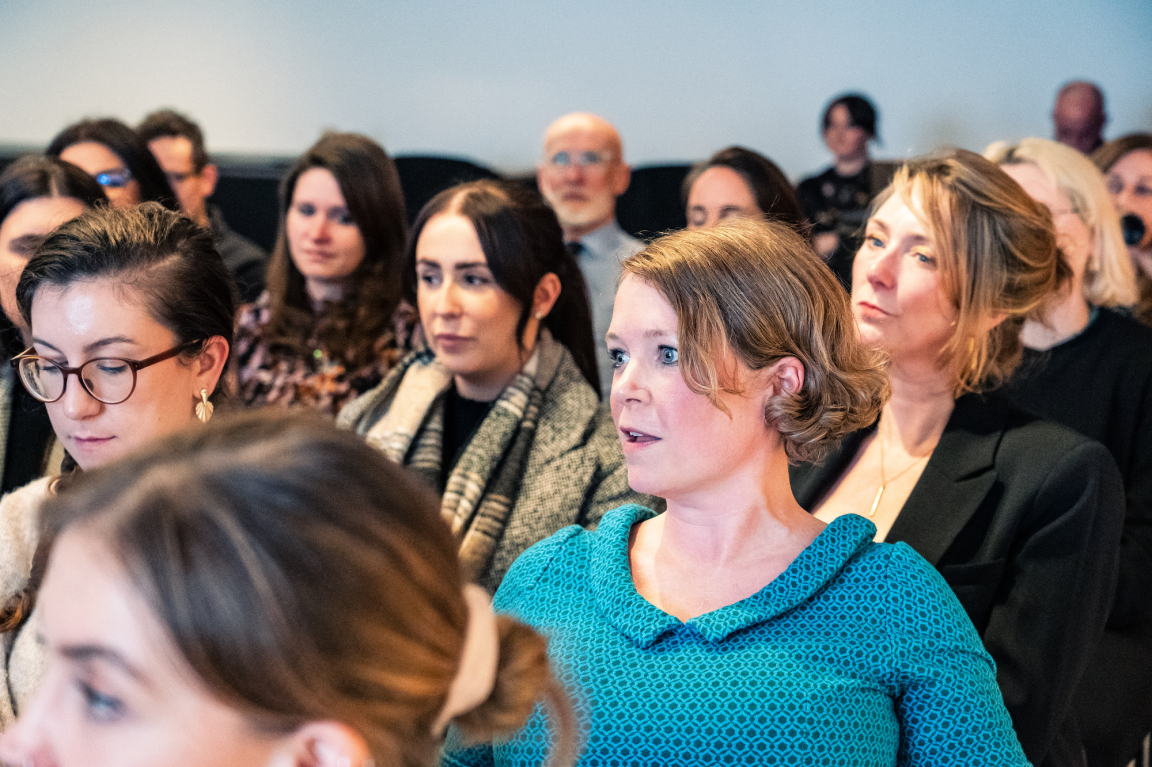
Credit: Tim Ainsworth
Have you transferred that into the work you do now?
“Yes – now people are talking about flame retardancy on upholstery, and wool is inherently flame retardant – but that’s something I’ve always known as the upholstery on all tube trains is 100% mohair - it doesn’t give off any fumes. And the carpets on luxury trains are all pure wool. So, I have an awareness of materiality thanks to having done those projects and having learnt to work with materials in a different way. I’ve since worked in many other commercial sectors, and more recently, residential design.”
With residential design in mind, do people make less emotional choices when it comes to selecting what will be in their homes now?
“I think when people choose very impersonal items for their home, it shows that they don’t want people to know who they are. It’s almost a mask. The opposite of this is authenticity isn’t it? I talk about it a lot, but if your home has things in it that mean something to you and tell people about you - rather than just being put there to impress other people - there’s a generosity in that – you’re being open and authentic.”
Moving onto sustainability – are designers equipped to deal with the climate emergency?
“We have to keep pushing to make things better – whether it’s re-use, as you have done in this place [Material Source Studio Glasgow] where you utilised what was already here – or informing clients and leading by example, shifting perceptions through talking about it more. And not striving for perfection – it’s impossible – there’s only one perfect thing we can do and that’s not exist.
“Designers are now being educated in all areas and for the generation coming through, sustainability is the number one thing they are being taught and that’s something to get excited about.”
I don’t claim that any of my projects are sustainable – because they exist. But they all have elements within them that are. We need to keep trying different ways to be better, incrementally.
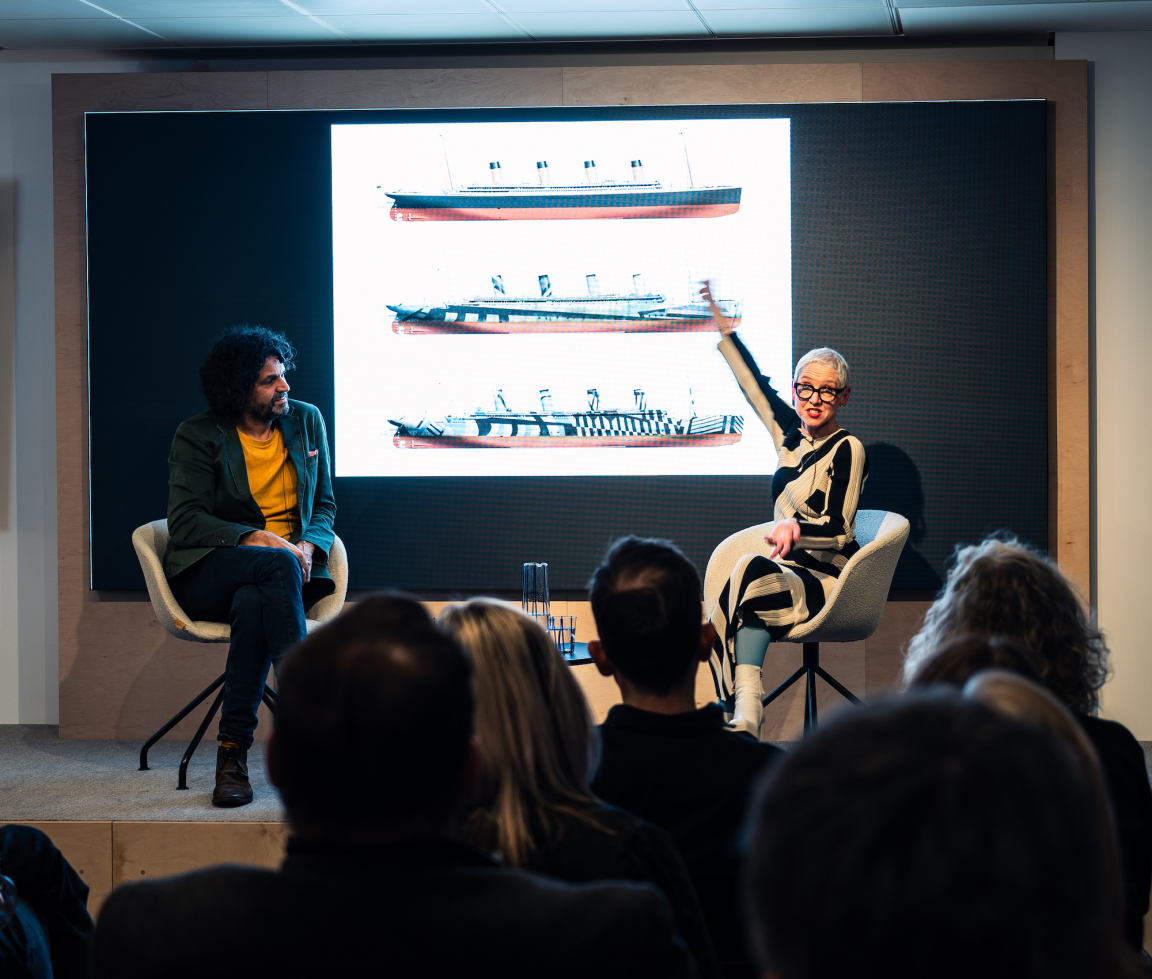
Credit: Tim Ainsworth
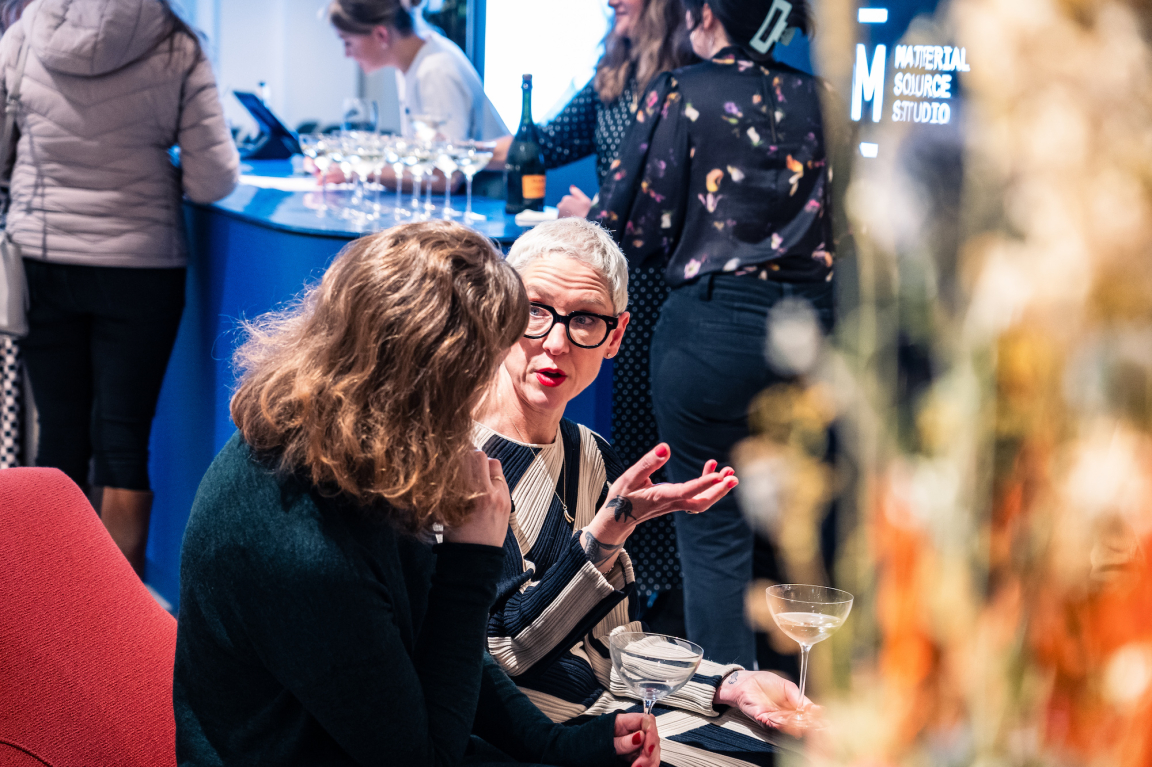
Credit: Tim Ainsworth
Has the role of the designer earned its appropriate place?
“Good designers have always thought about lots of things, and ethics has always been particularly important – right from when I was a student to when I was a lecturer. It’s just that what the ethics are keeps changing, as they should.”
You’re a presenter and judge on Scotland’s Home of the Year – now going into its sixth series – how was the Christmas special?
“Fantastic! In November we go round 5 homes that are all decked up for Christmas and we judge their decorations! It’s a bit of fun, but obviously, consumerism is at the heart of Christmas - a lot gets thrown away, so we do keep the conversation going around sustainability in terms of what happens to stuff, and where did it come from in the first place.”
How did you get the Scotland's Home of the Year gig?
“I was phoned up by a junior researcher at the production company IWC, as they’d seen a series of videos that I did for Skills Development Scotland to try and show people different career paths, and they sent that into the BBC. I didn’t audition or anything. And I did initially refuse, because of the judging element. But we arrived at a tone that was centred on what ‘home’ means to people and understanding that, rather than assessing peoples’ taste. It’s since become the most watched programme on BBC Scotland.
“It makes me really happy because people come up to me on the street and say, ‘I always thought my house needed to be pale grey and beige, but I’ve just painted my kitchen yellow, and it’s made me really happy!’ People are getting the confidence to express themselves through the design of their home – and to not feel it’s something for other people – and that’s great.”
Do you have a set of criteria for judging the houses on the show?
“No, because it wouldn’t be fair. Because it’s not a design competition, or an architecture competition – it’s a home competition. How do you understand a home? How do you have a set of criteria for what home means? You can’t – it’s a human need.”
Do you have a favourite home?
“It’s one from the first series – built by an architect and his wife – it was on a budget but had an amazing location. They built the structure out of concrete blockwork, and due to supply issues, it was left roofless and exposed throughout the winter. When they came back to it, it had stains and watermarks, and rather than plaster over it, they left it as it was. That visually tells the story – it was very emotional.”
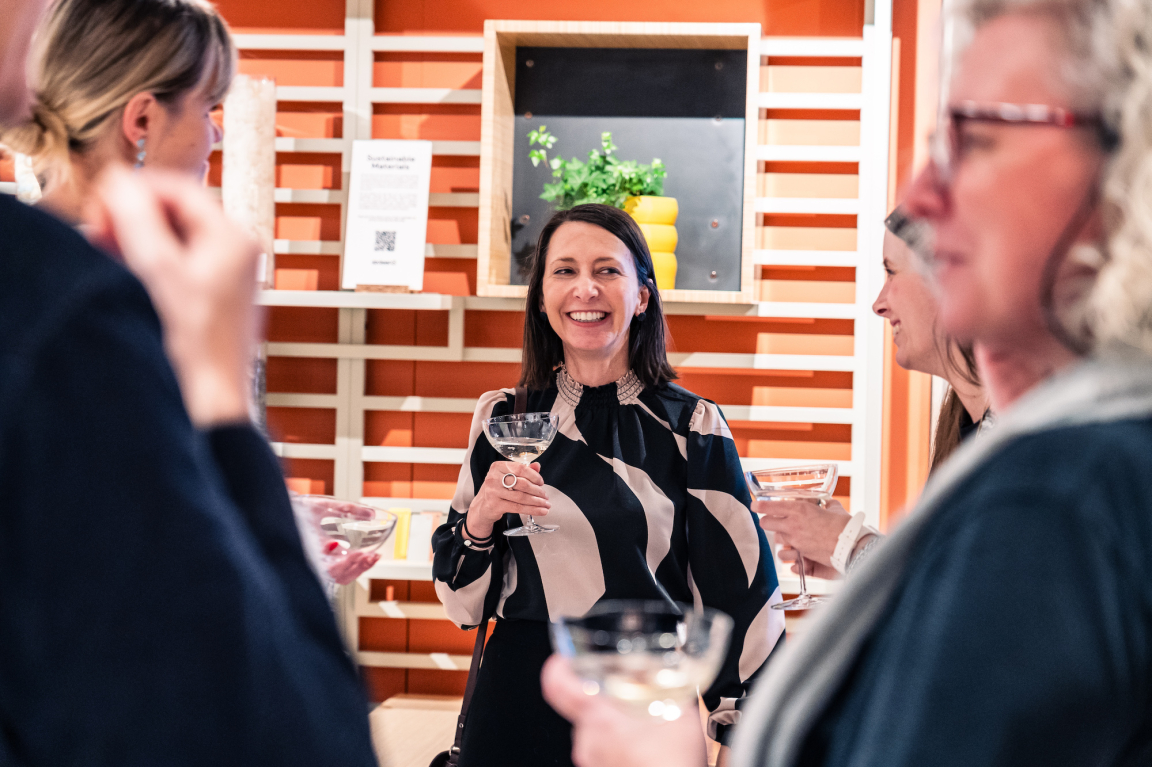
Credit: Tim Ainsworth
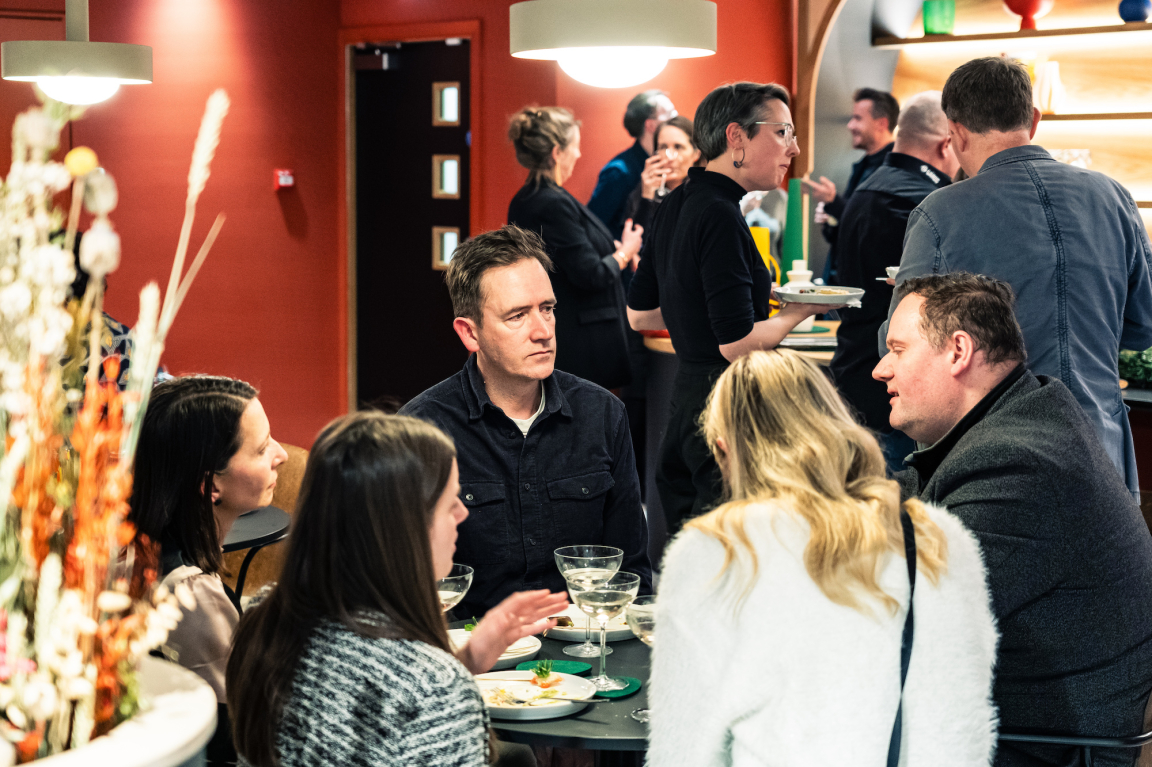
Credit: Tim Ainsworth
As well as being a designer and presenter, you’re a retailer too. Tell us about the battleships.
“I wanted to create something to love. Not just because it fit into a niche – because that’s not authentic. We have a cabin on the West coast of Scotland made of concrete blocks, and we painted them with dazzle camouflage because it’s near the sea and close to shipping lanes that were used during the war, and we thought it would be quite fun.
“During lockdown I started doing needlepoint and decided to do a dazzle camouflage needlepoint cushion for the cabin. I did research into Norman Wilkinson – the original camoufleur – a Vorticist painter at the Royal Academy who was commissioned by the Royal Navy to design camouflage to prevent ships being sunk by U-boats, in making it more difficult to see what was what, or which direction the ship was going in.
“An interesting detail was that it was the women of the Royal Academy who experimented and painted the models, as the men were away at war. That made me fall in love with it even more.
“I took something that was designed to work on a ship at large-scale and transferred it to something soft and textural for the home – in the form of my homewares brand. It was a challenge that I set myself, and I’m thoroughly enjoying it.”
Watch Scotland's Home of the Year Christmas Special here. And check out Anna's dazzle camouflage cushions, plus lots of other designs, here.
Video credit: Tim Ainsworth



